The flora and fauna in Hoang Lien National Park in general, and Fansipan peak in particular, are very diverse, rich and unique in Vietnam, including many species that can only be found in Hoang Lien and not anywhere else in Vietnam.
On the way to the top of Fansipan, it is not difficult to see a small bird with a prominent curved crest called the Spot-throated Babbler (Yuhina gularis). This species lives at an altitude of about 1,500m or higher.
PHOTO: BUI VAN HAI
Scientists divide Hoang Lien National Park into 3 types of forests: Evergreen forest on semi-mountainous areas, Deciduous forest on tropical mountains and Dwarf evergreen forest on highlands.
According to this classification, Hoang Lien National Park lies at the junction of three biomes, with a complex blend of Southeast Asian alpine flora, unlike any other region in the world .
Here, statistics show 2,024 plant species belonging to 171 genera in 200 families, accounting for 25% of endemic plant species in Vietnam; 66 mammal species; 61 reptile species; 553 insect species; 347 bird species.
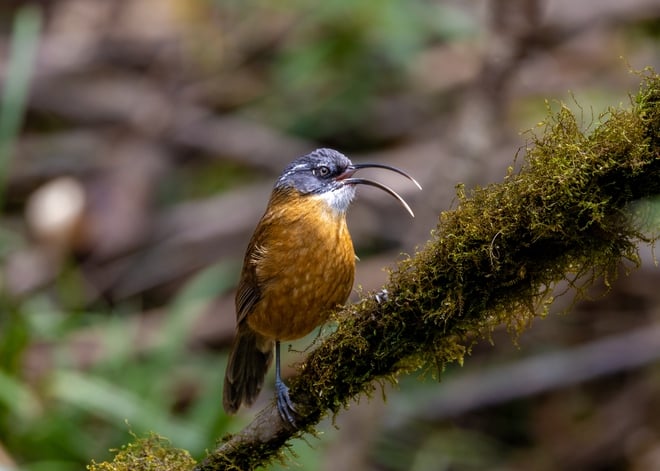
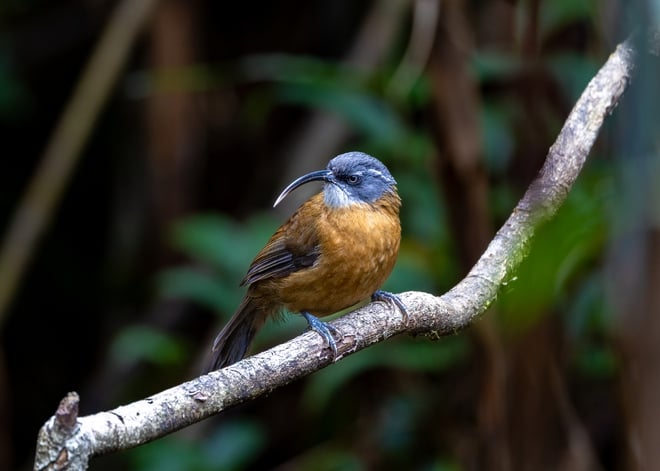
Curlew-billed babbler - one of the birds rarely seen on Fansipan peak
PHOTO: BUI VAN HAI
It can be said that Hoang Lien National Park is a treasure trove of rare genes and the top biodiversity center of Vietnam. Of the 701 endemic species of the North, 22 species are found in Hoang Lien National Park.
Notably, there are 9 families and 1 genus found only in Hoang Lien. Many species of flora and fauna in Hoang Lien National Park are extremely rare and have been listed in the Vietnam Red Book.
Recently, depending on favorable weather conditions, according to the Hoang Lien National Park Management Board, many rare bird species have appeared at different altitudes. Among them, some species are often found living mainly at altitudes of 3,143 meters and about 2,800 meters.
Strigula (Actinodura strigula). The strigula is also a prominent and characteristic bird of the highland region.
PHOTO: BUI VAN HAI
The management board of Hoang Lien National Park also said that it is not always possible to see them appear, but must spend a lot of time lying in small huts with the color of grass and trees to be able to "hunt" for their splendid beauty. Many bird species have very beautiful songs such as babblers, nightingales, flycatchers..., the feathers of birds have many different colors, sometimes the male's feathers are different from the female's, there are species that are so beautiful that they are mesmerizing.
Discovering the lives of strange and rare birds has long been the dream of many bird lovers as well as photographers. Therefore, recently, the Hoang Lien National Park Management Board has created many conditions for people with enough health conditions to climb mountains and sleep at the ranger team's camps to take photos.
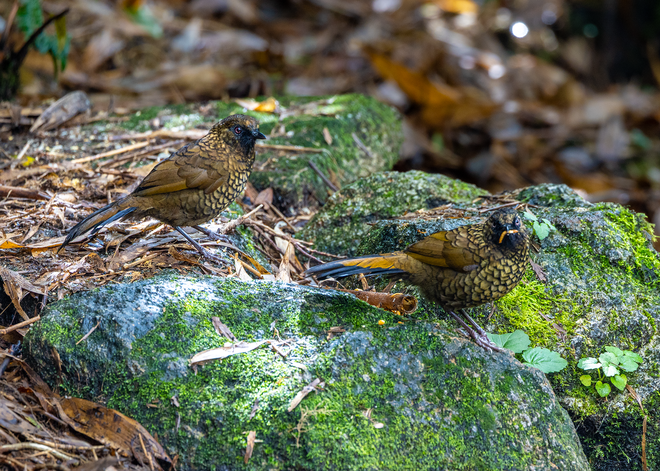


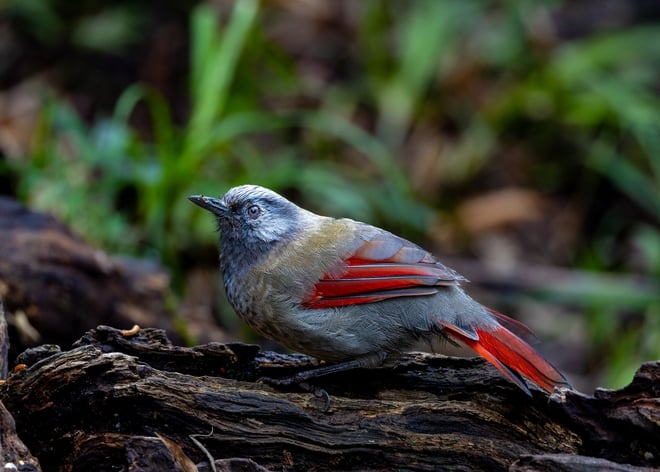
The photo above is of the Bar-billed Babbler (Trochalopteron subunicolor) with its feathers arranged in beautiful scales. The photo below is of the Red-winged Babbler (Trochalopteron formosum) which is a very rare species of babbler because it is sought after and hunted by humans as pets.
PHOTO: BUI VAN HAI
According to photographer Le Hung - who recently went on a mountain climbing trip to photograph 10 rare bird species on Fansipan peak, the most convenient route is to take the cable car up to the top of Fansipan, then from there follow the trail down the mountain, to an altitude of about 2,800m, which is where birds are most often seen. "As a professional bird photographer, the colors and lifestyle of the birds in Hoang Lien forest always fascinate photographers. With the amount of cameras and lenses of different focal lengths being very heavy, we need to hire a porter, partly to reduce the risk of slipping when climbing the mountain and partly to protect the equipment for safe shooting," Mr. Hung added.
According to Mr. Le Hung, depending on the season, birds will migrate to live at different altitudes. If you go in winter, you have to set up camp in an area with an altitude of about 1,800 to 2,200 meters, but if it falls in autumn, you have to set up camp overnight and trek up the mountain to hunt for birds at an altitude of 2,800 to 3,100 meters...
"When night falls, the temperature drops quite low, the cold makes your hands and feet numb, but if we wait until the next morning when the weather is clear and we can take pictures of all the rare birds, the cold and fatigue will be nothing. If we wait for 2 days and still don't see any birds, we will have to climb back up to the top to take the cable car back to the ground. A bird photography trip is considered a failure," Mr. Hung added.
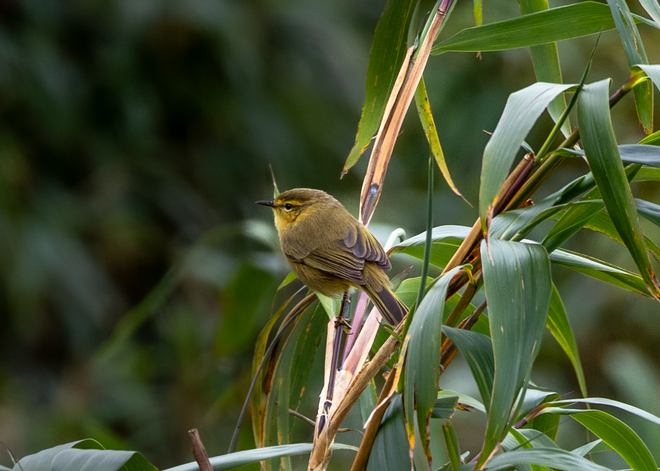

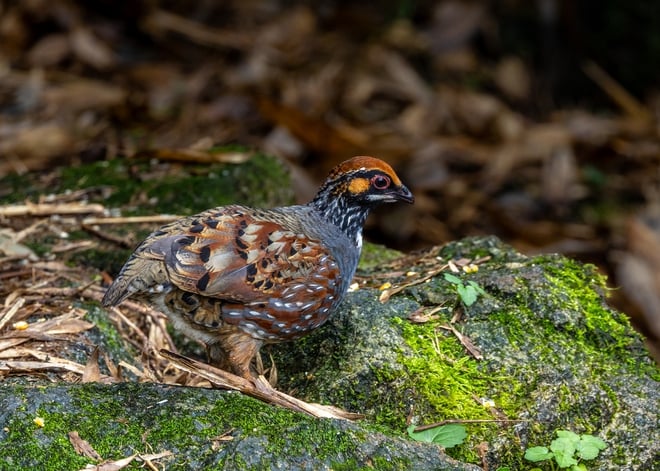
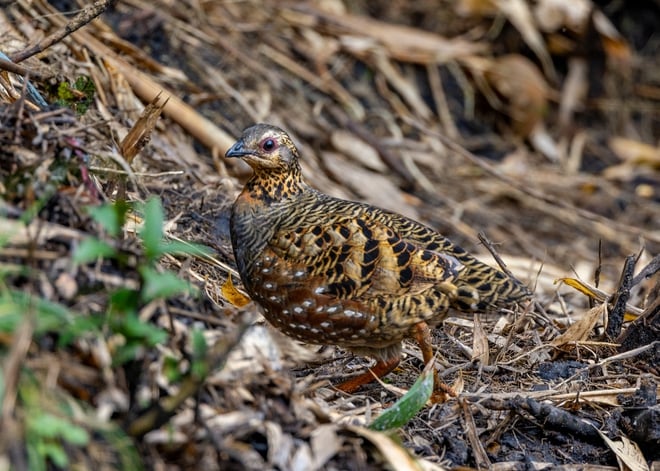
The Yellow-bellied Pit-tailed Warbler (Cettia castaneocoronata) is a very small bird. Hoang Lien National Park is located in the Hoang Lien Son mountain range eco-region - an extension of the mountainous region with Western Yunnan (China) - Himalaya, adjacent to the Truong Son mountain range. Hoang Lien National Park is home to a diverse and rich flora and fauna with many rare species, many of which are listed in the Red Book of Vietnam and the world, including many endemic species named Sa Pa.
PHOTO: BUI VAN HAI
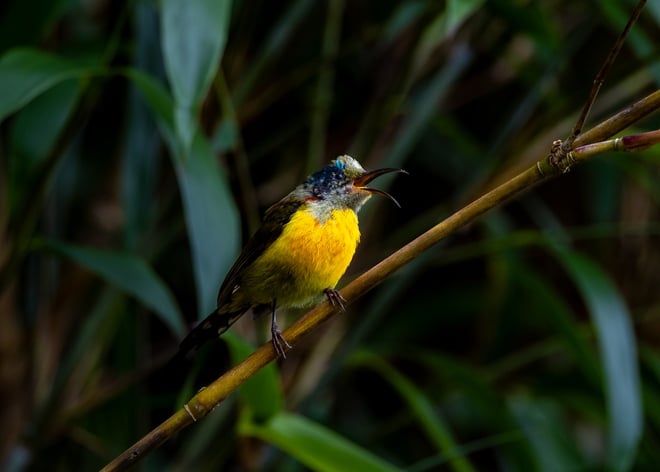
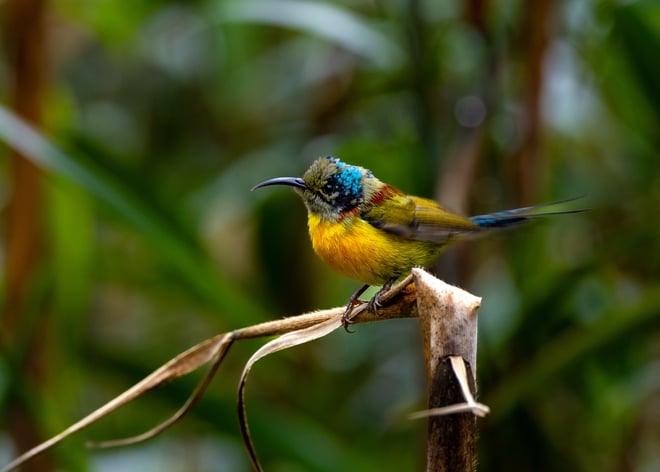
This is a picture of a sunbird, possibly a yellow-bellied sunbird (Aethopyga gouldiae) - a very rare bird seen during the coldest season of the year in the Hoang Lien Son range.
PHOTO: BUI VAN HAI
Black-throated Babbler (scientific name: Suthora nipalensis)
PHOTO: BUI VAN HAI

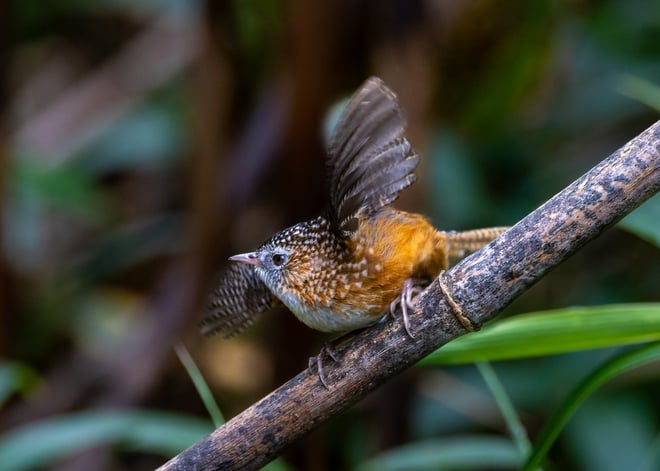
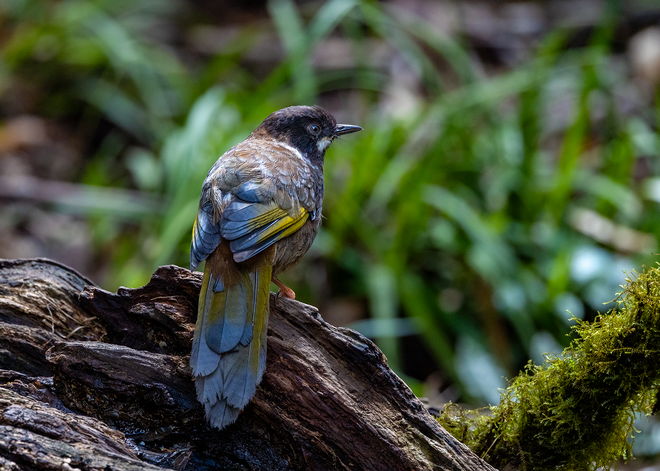
Above: The Zebra-winged Rock Babbler usually lives in dense forests and bamboo at an altitude of 2,450 - 2,900 meters. Below: Black-faced Babbler (Garrulax yersini). This is a bird endemic to Vietnam belonging to the babbler family with an average size of about 25cm.
PHOTO: BUI VAN HAI
A common Black-faced Babbler (Trochalopteron affine) with brown plumage, a distinctive black and white head pattern, and golden wings and tail. It is found in the eastern Himalayas, from eastern Nepal to Arunachal Pradesh in India, Bhutan, and southeastern Tibet. This bird lives at altitudes of 2,500 - 3,000 meters on the Fansipan mountain range.
PHOTO: BUI VAN HAI
Thanhnien.vn
Source: https://thanhnien.vn/hanh-trinh-gian-nan-san-chim-quy-hiem-tren-dinh-fansipan-185251118115306147.htm



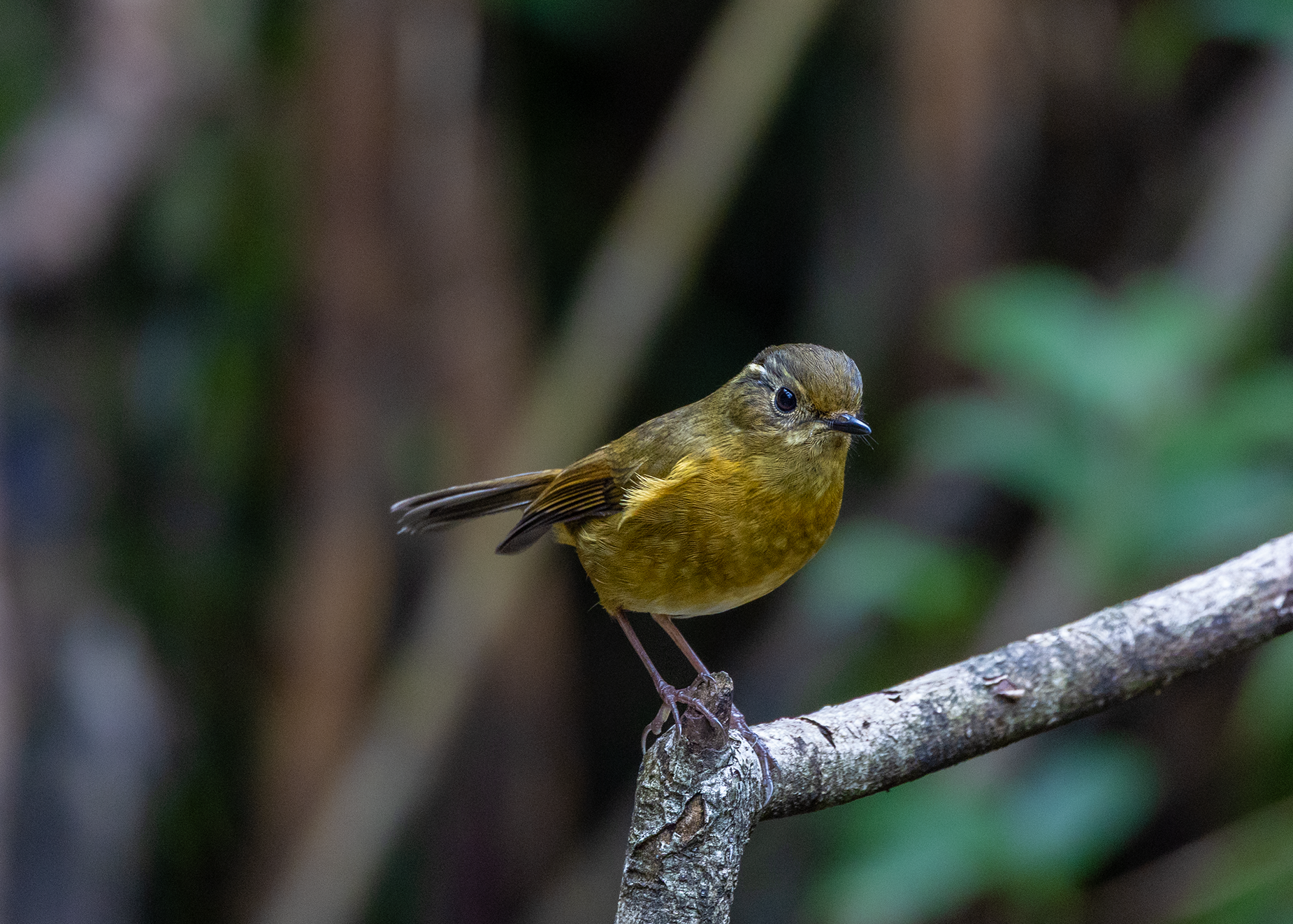





![[Photo] President Luong Cuong attends the 50th Anniversary of Laos National Day](/_next/image?url=https%3A%2F%2Fvphoto.vietnam.vn%2Fthumb%2F1200x675%2Fvietnam%2Fresource%2FIMAGE%2F2025%2F11%2F27%2F1764225638930_ndo_br_1-jpg.webp&w=3840&q=75)

![[Photo] Prime Minister Pham Minh Chinh chairs the 15th meeting of the Central Emulation and Reward Council](/_next/image?url=https%3A%2F%2Fvphoto.vietnam.vn%2Fthumb%2F1200x675%2Fvietnam%2Fresource%2FIMAGE%2F2025%2F11%2F27%2F1764245150205_dsc-1922-jpg.webp&w=3840&q=75)




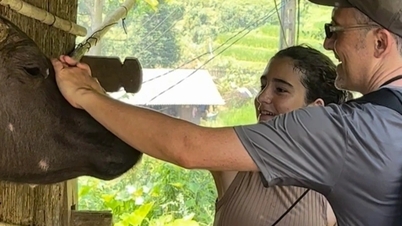




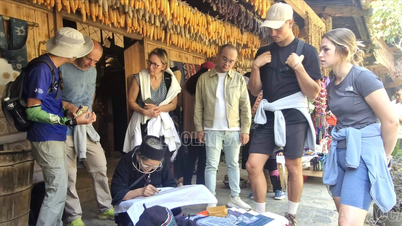
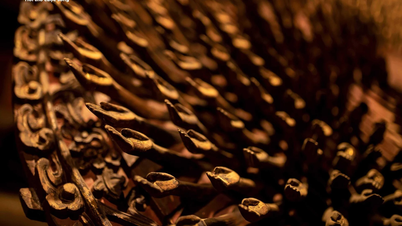

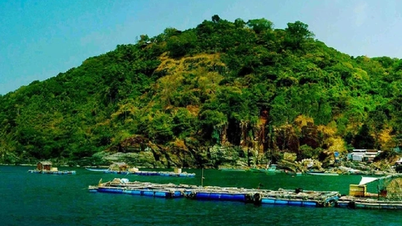





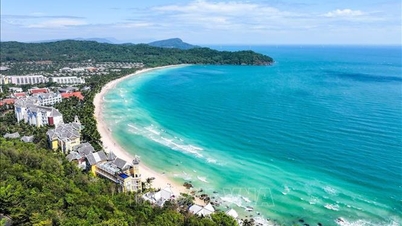
















































































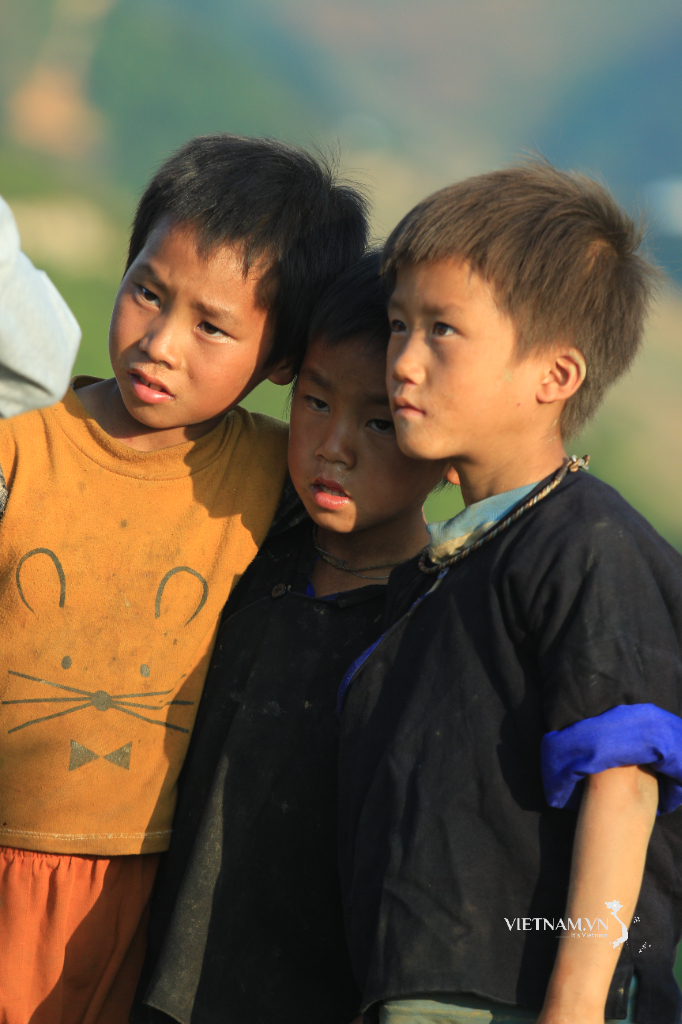
Comment (0)